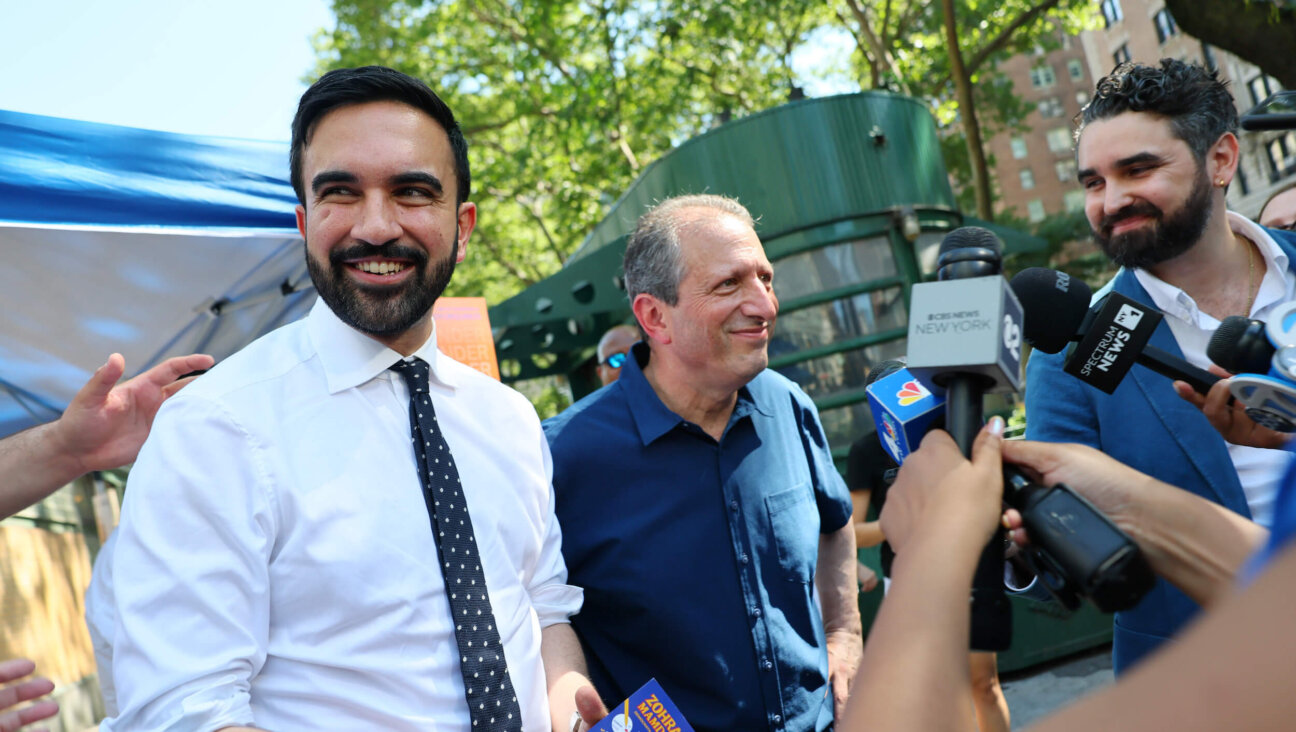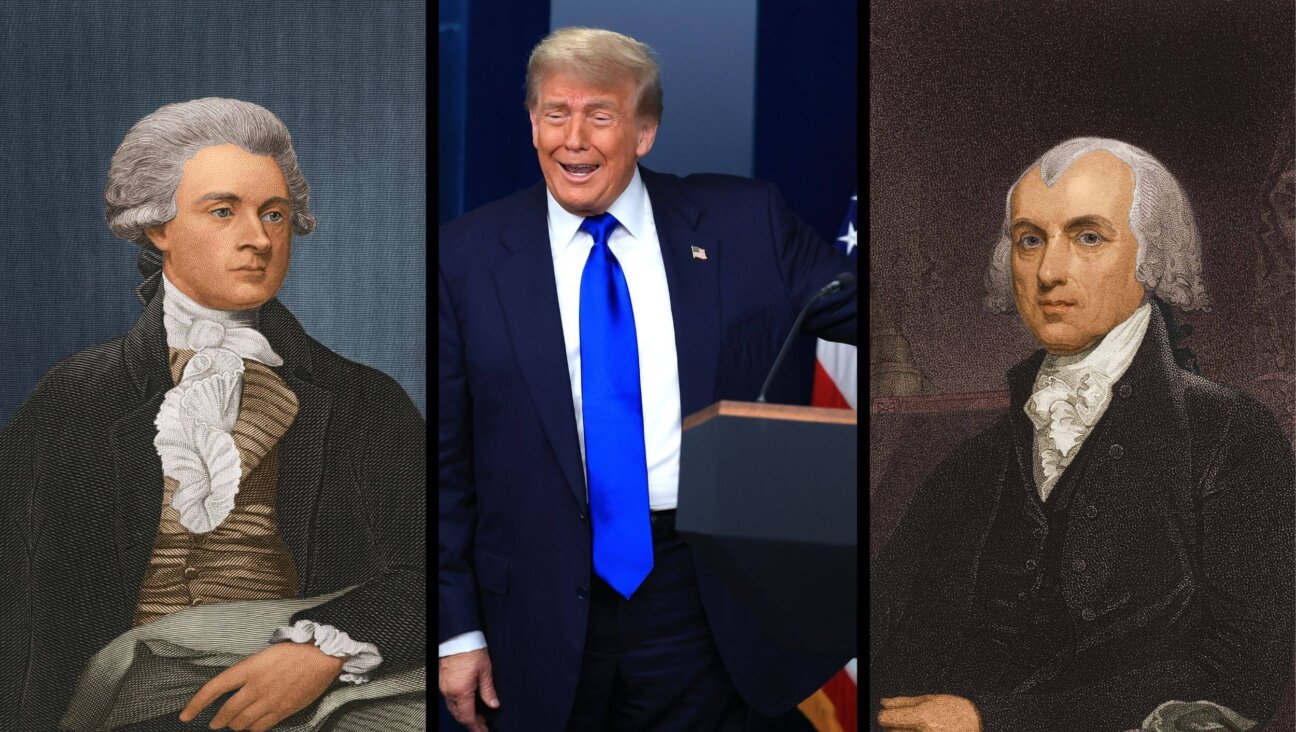Why Jerusalem Day Is One Big Lie

Image by getty images
(Haaretz) — Jerusalem Day, we’re told, celebrates the reunification of Israel’s eternal capital, symbolizing “the continued historical connection of the Jewish people to Jerusalem.” It’s a moment to remember that, as Prime Minister Netanyahu once said, “Israel without Jerusalem is like a body without a heart.”
So we’re told, and so the vast majority of Jews in Israel and abroad believe. Jerusalem is our heart, our soul – a small, holy spot on the map around which everything else revolves. So we’re told.
Except that it’s a lie. “Jerusalem” – as currently constituted, featured on maps, and represented by Israel’s government – is not eternal. It is not undivided. And it is certainly not holy.
The geographic location to which Jewish hearts have turned for millennia is small, corresponding roughly to today’s Old City; the holy part – the area on which the Israelites were commanded to establish a resting place for the Divine Presence – is more modest still, consisting of the Temple Mount. When we stand before the Western Wall, or orient ourselves toward it in worship, we’re weaving our prayers and longings with those of all Jews, reaching across miles and years and touching the core of that which holds us in community.
Zionism stems from that faith experience, but is not identical to it. Zionism is a modern idea, a nationalist movement which, like all nationalist movements, centers on a shared language, culture, and land. That’s why Uganda was nixed as an alternative – because the Jewish people’s shared land is anchored by our holy city.
Yet it simply cannot be argued (not honestly, at least) that the 21st century municipality that carries the name “Jerusalem” is that same place.
Jewish Jerusalem certainly has a history beyond the hamlet that originally encircled the Temple; some 15 square miles of Jewish neighborhoods were well established by 1948, largely west of the ancient walls. These neighborhoods existed alongside (and/or in tension with) a flourishing Palestinian Arab community; peripheral Palestinian villages to the north and east fell within Jerusalem’s orbit with ties that were financial, religious, and social. When Israel was established, these areas and the Old City (some two and a half square miles) were held by Jordan.
The 1967 “reunification” of the city included not just the annexation of our holy sites, however, nor even just non-Jewish Jerusalem, but also large swathes of the West Bank that were never considered part of the city by anyone, least of all residents. In all, this came to about 27 square miles.
In the ensuing decades, Palestinian-owned West Bank land has been ceaselessly expropriated for new Jewish neighborhoods (such as Ramot, Gilo, and Har Homa), blurring the Green Line almost beyond recognition; by 2008, Jerusalem was more than a hundred times larger than in Zionism’s early days, nearly three times bigger than in 1967.
When you find Jerusalem on today’s map, you’re not looking at an eternal entity. You’re looking at a very recent construct, created by politicians for political reasons.
And undivided? Well. Beyond the cultural, linguistic, and religious divides – beyond even the wildly disproportionate budgeting for Jewish and Palestinian residents – for several weeks this spring, well before the scandal of contaminated water effected the lives of Jewish residents, tens of thousands of Palestinian Jerusalemites had no regular supply of water. None. For weeks. In Israel’s eternal, and undivided capital.
Which brings us, finally, to the word “holy.”
The sacred nature of the earth and stone imbued with centuries of our striving toward the Holy One Blessed Be He cannot be changed by any amount of political maneuvering or geographic gymnastics.
Yet to suggest that lines drawn and houses built in the last 50 years share that holiness because they’ve been given the same name is not unlike painting an orange red and calling it an apple. It’s an affront to common sense, and frankly an affront to our history.
Of far greater import, however, is the nature of what is sacred. Can open discrimination in housing and education be considered holy? What about a poverty rate north of 75 percent? How about allowing tens of thousands of people to live without water for weeks on end?
I’m a Zionist because I believe that, like all peoples, my people deserve a home. When I daven, I face mizraha, toward the root and branch of my people’s holiest longings. Any just resolution of our conflict with the Palestinians will have to include a mutual agreement to share the city revered by both peoples.
But please stop trying to tell me there’s anything holy about the political greed and engineered misery of modern-day Jerusalem. That’s a lie.
For more stories, go to Haaretz.com or to subscribe to Haaretz, click here and use the following promotional code for Forward readers: FWD13.






















